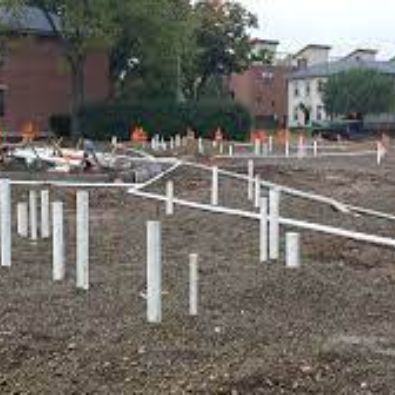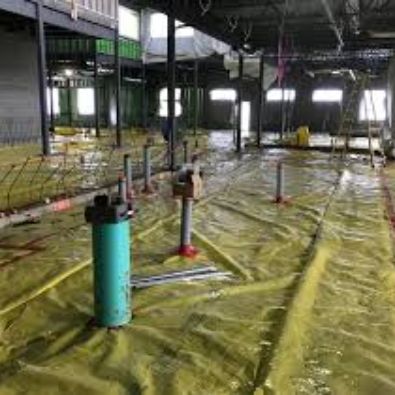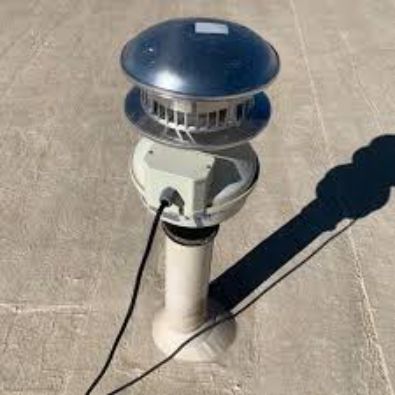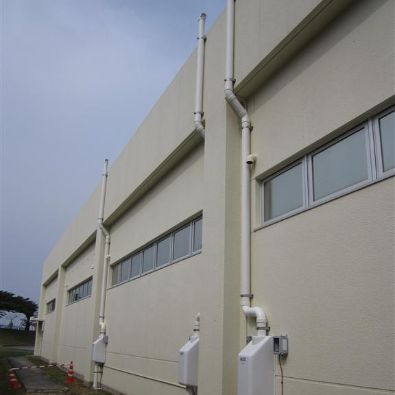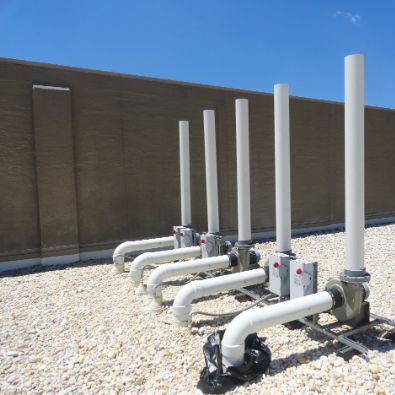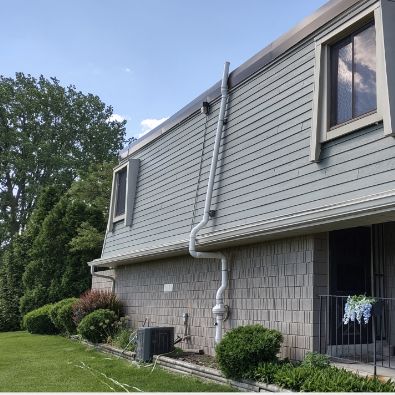Commercial Radon Mitigation
At All Iowa Radon we pride ourselves in customer satisfaction!
Call us today or fill out the form below for a FREE Quote!
319-231-3963
The Importance of Commercial Radon Mitigation in Gilbert, Iowa
Radon is a naturally occurring, odorless, colorless, and tasteless gas that can be found in the soil and rocks beneath homes and businesses in Gilbert, Iowa. Radon is the leading cause of lung cancer in non-smokers and is the second leading cause of lung cancer in smokers. It is estimated that 1 in 15 homes in the United States have elevated levels of radon. Radon is a serious health hazard and can be found in any home or business in Gilbert, Iowa. The only way to know if your home or business has elevated levels of radon is to have it tested. If the test results show that your home or business has elevated levels of radon, it is important to take action to reduce the levels. The most effective way to reduce radon levels in a home or business is to have a professional radon mitigation system installed. A radon mitigation system is designed to reduce the levels of radon in the air by venting the gas to the outside of the building. This is done by installing a fan and piping system that will draw the radon gas out of the building and vent it to the outside. At All Iowa Radon, we specialize in commercial radon mitigation in Gilbert, Iowa. Our team of experienced professionals can help you reduce the levels of radon in your home or business. We use the latest technology and techniques to ensure that your radon levels are reduced to safe levels. If you are concerned about the levels of radon in your home or business in Gilbert, Iowa, contact All Iowa Radon today. We can help you reduce the levels of radon in your home or business and protect your family and employees from the dangers of radon exposure.Call Now For A Free Commercial Radon Assessment 319-231-4040
Gilbert, Iowa is a small town located in Story County, Iowa. It is a rural community with a population of just over 1,000 people. The town was founded in 1881 and was named after the Gilbert family, who were early settlers in the area. Gilbert is home to a variety of businesses, including a grocery store, a bank, a post office, and a few restaurants. The town is also home to a number of churches, including the United Methodist Church, the Church of Jesus Christ of Latter-day Saints, and the First Presbyterian Church.
Gilbert is home to a number of parks and recreational areas, including the Gilbert Community Park, which features a playground, picnic areas, and a walking trail. The town also has a public library, which offers a variety of books, magazines, and other materials. Gilbert is also home to the Gilbert Historical Museum, which houses artifacts from the town's history.
Gilbert is home to a number of annual events, including the Gilbert Days Festival, which is held each summer. The festival features a variety of activities, including a parade, a car show, and a carnival. The town also hosts the Gilbert Days 5K Run/Walk, which is held each year in October.
Gilbert is home to a number of unique attractions, including the Gilbert Windmill, which was built in 1881 and is the oldest windmill in the state of Iowa. The town is also home to the Gilbert Carousel, which is a hand-carved wooden carousel that was built in the early 1900s. The carousel is still in operation and is a popular attraction for visitors to the town.
Gilbert is a great place to visit and explore. With its small-town charm, unique attractions, and annual events, Gilbert is a great place to spend a day or a weekend.
Radon has been a part of Gilbert, Iowa’s history since the early 1900s. The town was founded in 1882 and was originally a coal mining town. As the coal industry grew, so did the presence of radon in the area. Radon is a naturally occurring radioactive gas that is produced when uranium breaks down in soil and rocks. It can enter homes through cracks in the foundation, and can cause health problems if it accumulates in high concentrations.
In the early 1900s, the coal industry in Gilbert was booming, and the town was home to several coal mines. As a result, radon levels in the area were high. In the 1950s, the town began to take steps to reduce radon levels in homes. The town installed ventilation systems in homes to reduce radon levels, and also began to test homes for radon levels. In the 1980s, the town began to require all new homes to be tested for radon levels before they were sold.
Today, Gilbert is still home to several coal mines, and radon levels in the area are still high. The town continues to take steps to reduce radon levels in homes, and all new homes are required to be tested for radon levels before they are sold. The town also offers free radon testing for all residents, and provides information on how to reduce radon levels in homes. Gilbert is committed to protecting its residents from the health risks associated with radon.
Contact Us For A Free Quote!
Our team of experts is ready to provide you with personalized guidance and deliver exceptional results.

